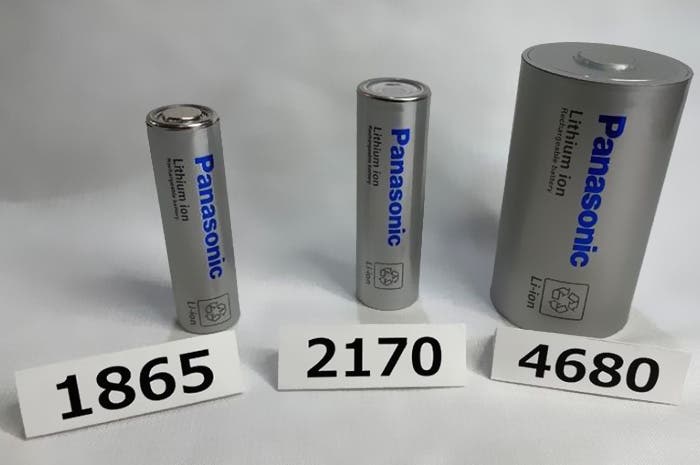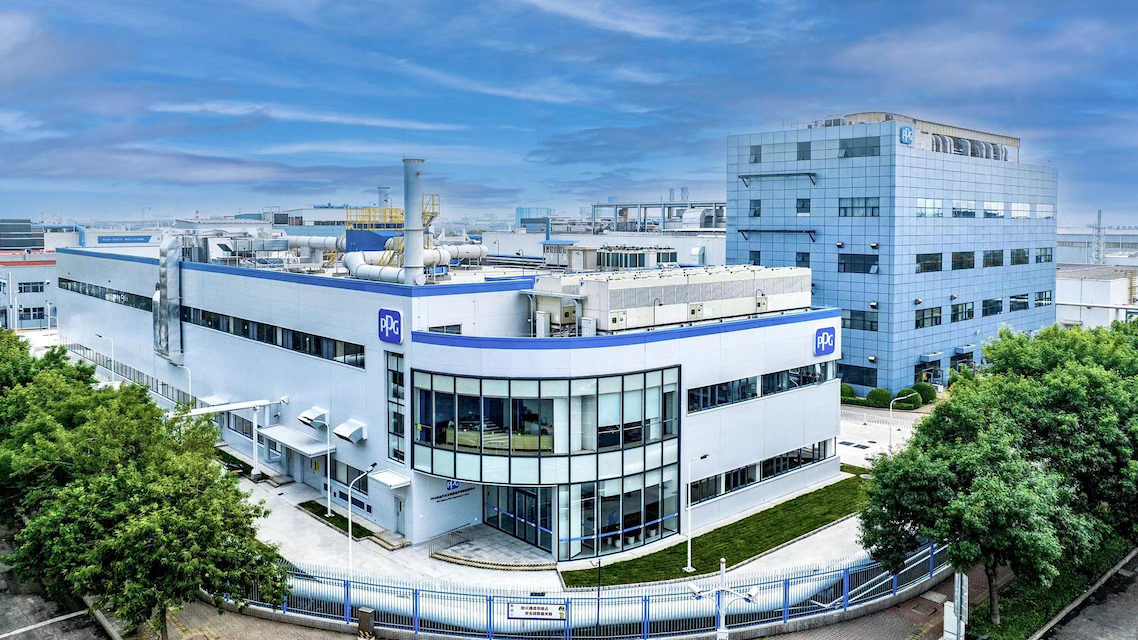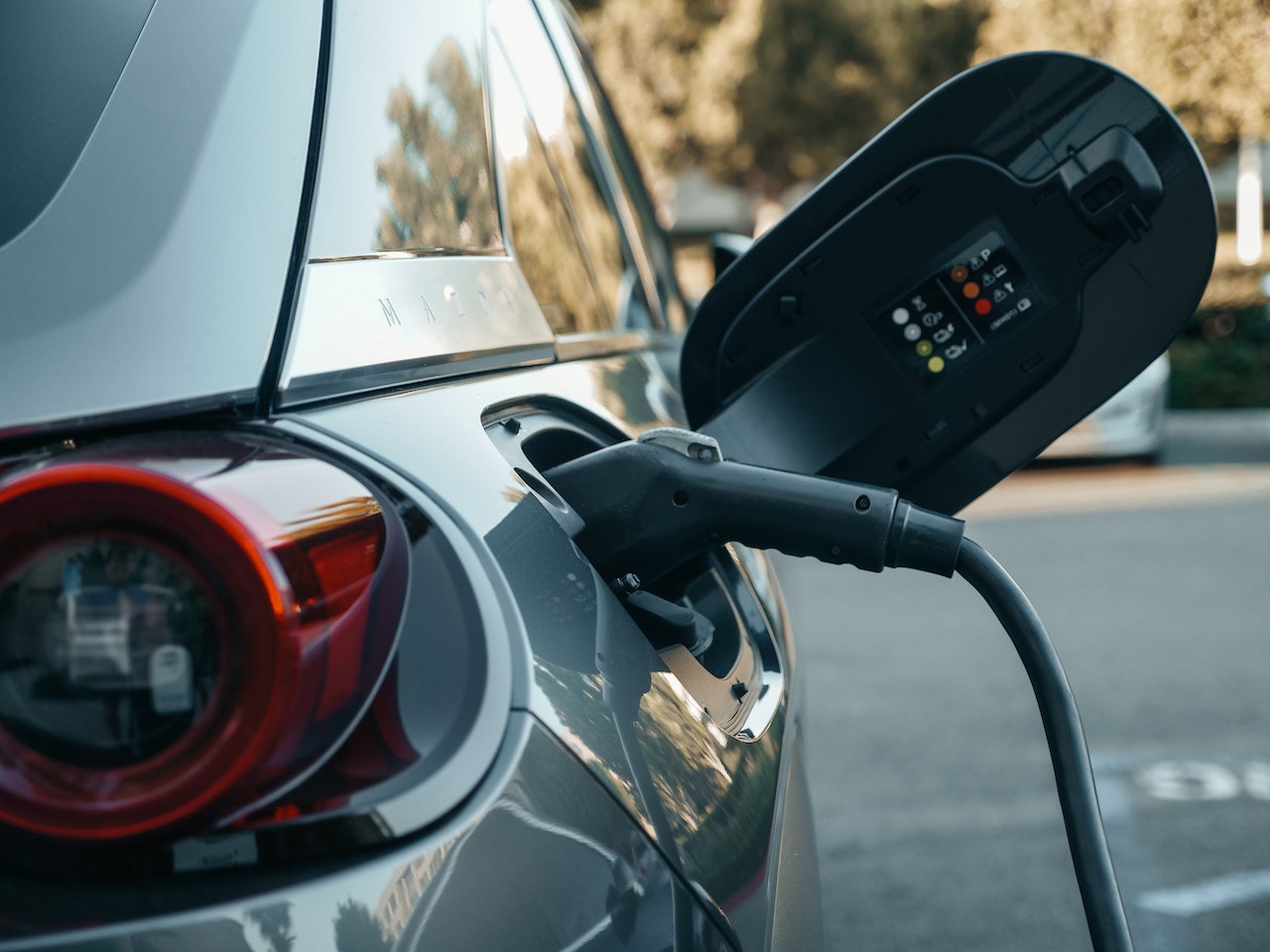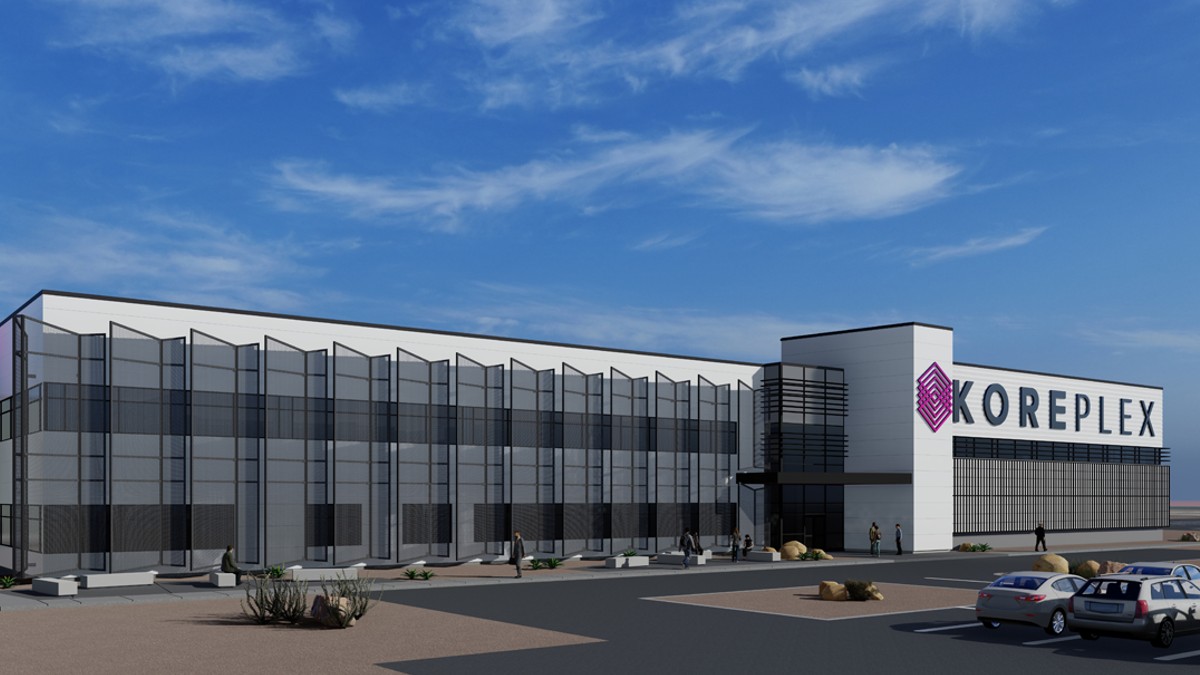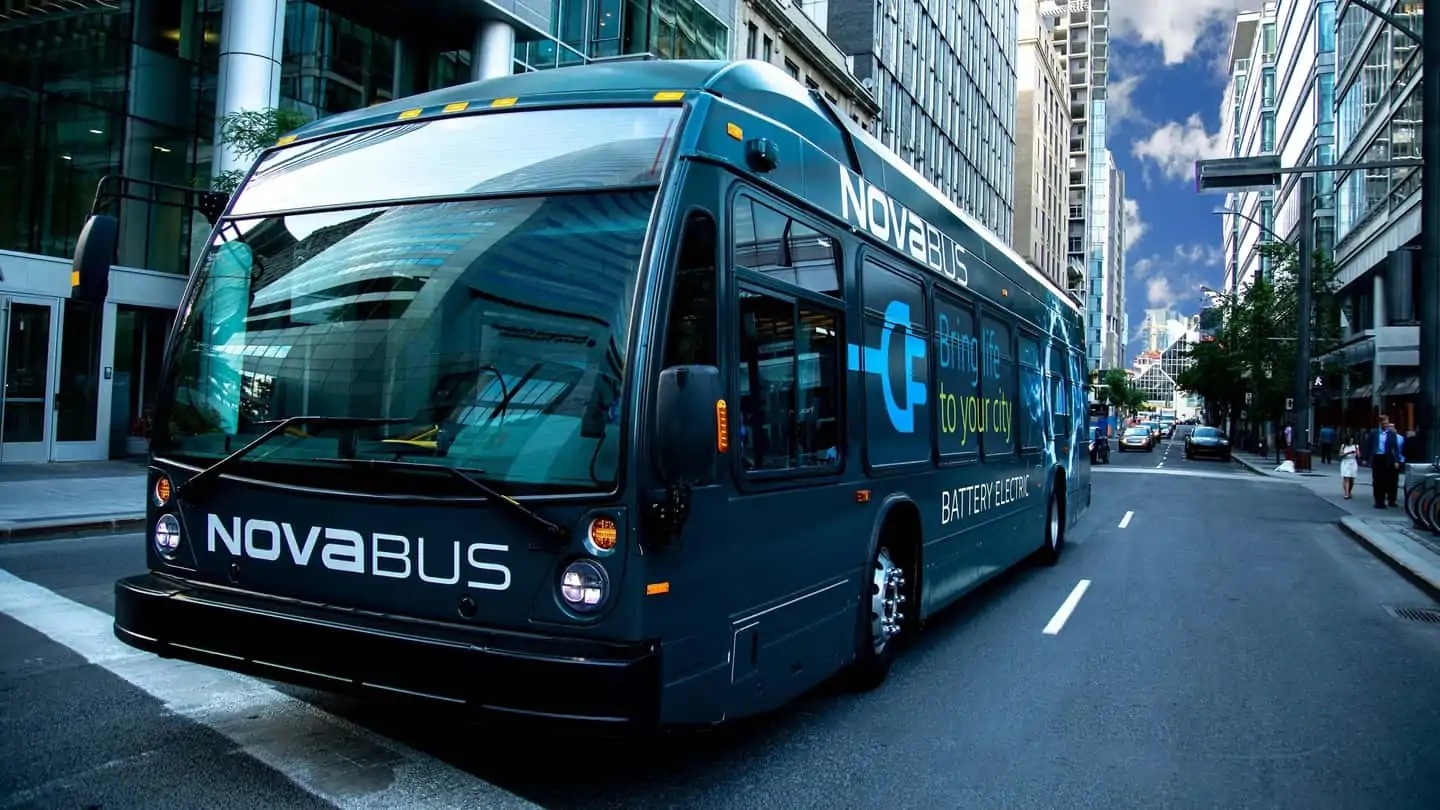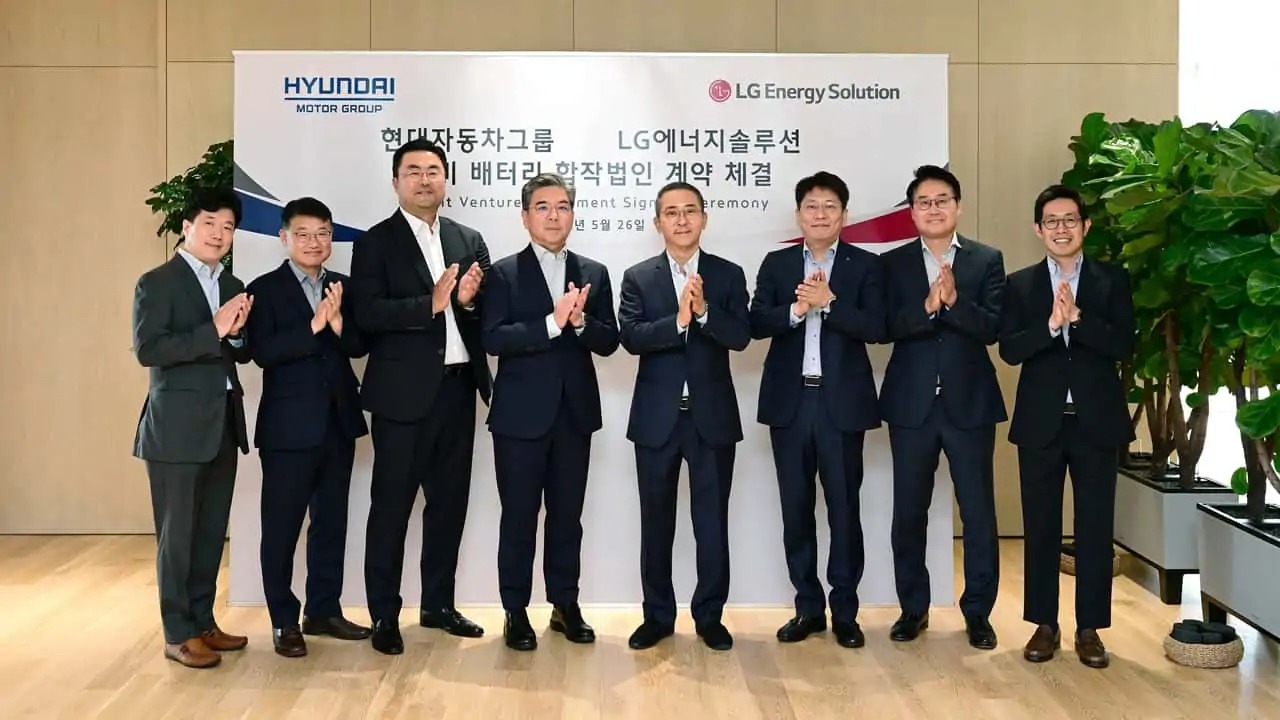Panasonic to Boost Production of Tesla’s 2170 Battery Cells at Gigafactory Nevada
Panasonic, the electronics giant, is set to increase the production of Tesla’s 2170 battery cells at Gigafactory Nevada by 10% over the next two years. This decision comes as Tesla exerts pressure on Panasonic to meet its growing demand for electric vehicle (EV) batteries.
According to an executive at Panasonic, Tesla recently communicated its intention to purchase as many batteries as the company can produce. In response, Panasonic will establish a 15th production line at Gigafactory Nevada within the next one to two years. This additional line is projected to enhance the facility’s annual production capacity by approximately 10%, raising it from the current 38 gigawatt-hours (GWh) to 39 GWh.
The increased capacity will support the production of approximately 500,000 to 700,000 Tesla Model 3 vehicles. Despite the factory already operating at full capacity, Panasonic believes it can accommodate one more production line to meet Tesla’s demand.
One of the driving factors behind Tesla’s increased battery demand is the introduction of new tax credits in the United States that incentivize domestic EV and battery production. The Inflation Reduction Act (IRA) provides tax credits of $35 per kilowatt-hour of battery cells manufactured in the US.
In light of the agreement to boost production at Gigafactory Nevada, Panasonic will adjust its plans for the upcoming battery factory in Kansas, which was initially focused on developing Tesla’s new 4680 battery. Instead, the company will now focus on manufacturing the 2170 cells.
“We were concentrating on Kansas and developing the new [4680] battery, but the IRA turned the tide. Tesla started saying to prioritize batteries that we can quickly increase in quantity,” stated an unnamed executive from Panasonic.
Just recently, Tesla announced that all variants of the Model 3 now qualify for the full $7,500 tax credit in the US. Previously, two variants, the Rear-Wheel Drive (RWD) and Long Range Model 3, only qualified for half of the incentive ($3,750) due to their battery packs being assembled in China. With the increased tax credit, the Model 3 RWD can now be purchased for approximately $30,000 or less when combined with state-level incentives.

